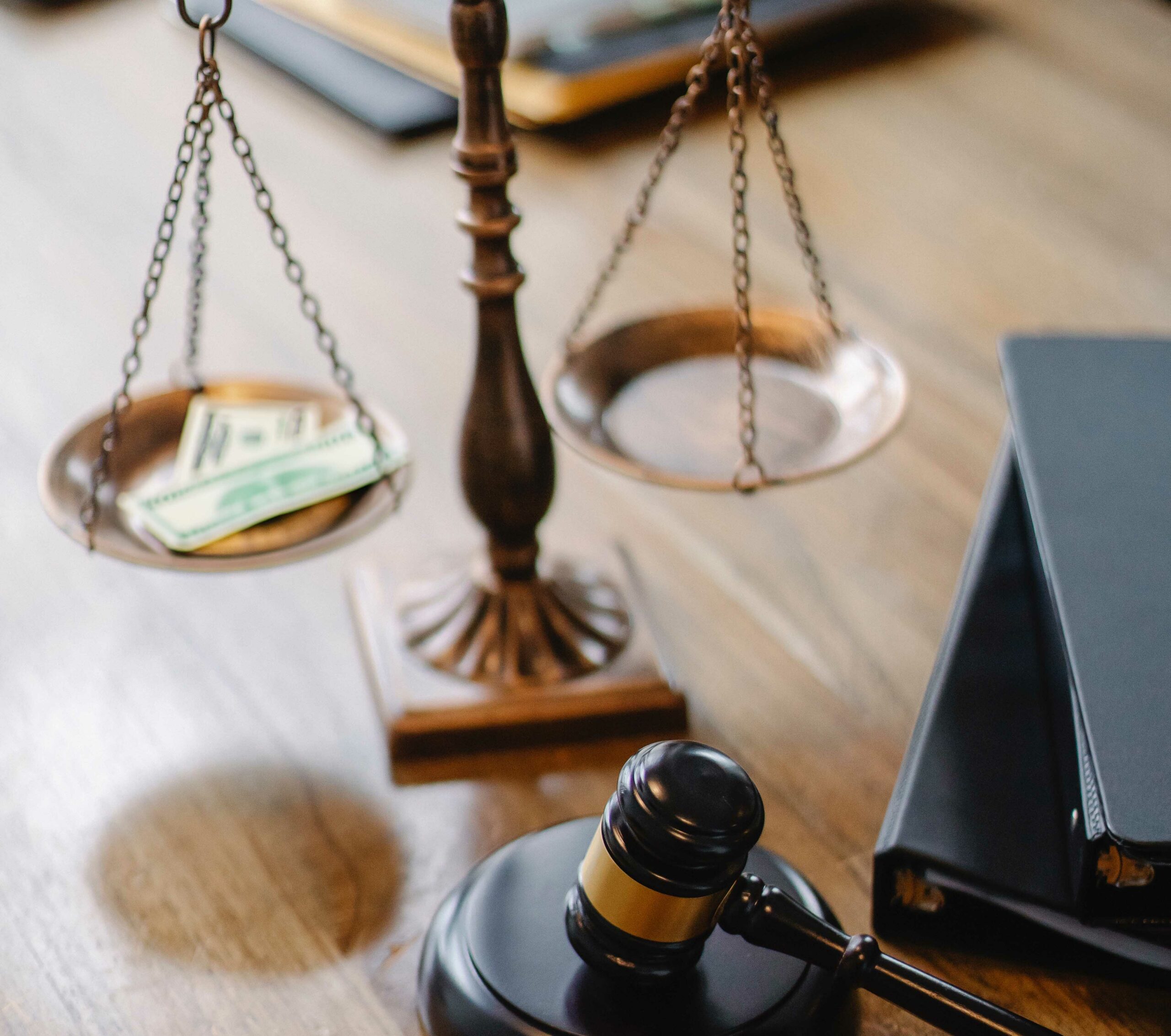The Supreme Court of Cassation with its judgment no. 20800 of 18 July ruled on the issue of recovery of profits and quantification of damages resulting from infringement of intellectual property rights.
In particular, in a case concerning the infringement of a trademark (for which Article 125, paragraph 3, of the Industrial Property Code (“IPC”) provides, among others, the specific compensatory remedy of the recovery of profits in favor of the right holder), the Supreme Court was called to rule on the compensation of damages caused by infringement carried out in the absence of the subjective element (malice or guilt).
On this point, the Supreme Court, reiterating its own previous guidance (Cass. No. 21832/21), confirmed the full application of the remedy of disgorgement of profits even in cases of unintentional infringement, even where the infringement was carried out not knowingly or without reasonable grounds to know.
The argument is based on the wording of Article 125(3) of the I.P.C., which states that the holder of the infringed right can claim the recovery of profits in lieu of lost profit “in any case” thus finding unequivocal application regardless of the demonstration of the existence of the subjective element.
Reasoning otherwise, in fact, in cases of unintentional infringement, the injured party would remain without compensatory protection.
Again, with reference to compensatory protection in cases of infringement, the Court also reiterated that the disgorgement of profits invests the profit resulting from the infringement even to the extent that it exceeds the rightsholder’s lost profit.
The protection afforded by the remedy of the profit disgorgement responds to a compensatory and “preventive” logic, albeit always anchored to the infringement of a right. In fact, compensatory protection limited to the quantum of the lost profit could induce some more efficient or larger economic operators to carry out or perpetrate the infringing activity – regardless considering the obligation to compensate the rightsholder for the lost profit – because of their ability to make a greater profit than the injured party’s lost profit.
Finally, the Court ruled on the criteria to be applied in quantifying the profit subject to recovery.
For the purposes of the disgorgement of profits gained by the infringer in violation of an IP right, it is necessary to identify the profit margin realized by the infringer, through the deduction from the total revenue of the costs incurred related to the infringing activity (Cass. No. 8944/20), an operation for which the infringer has the burden of providing elements that can be deduced from balance sheets or accounting documents (Cass. No. 21833/21).
It is useful to point out that the object of the recovery is limited to the profit causally and directly realized from the infringing activity.
So, the exact identification of profits requires the identification of profits closely related to the infringing activity. In the case at hand, the profits to recover had been carried calculated without precisely identifying the incremental costs – that is, the costs incurred for the infringing activity; therefore, the quantified profits to be disgorged in favour of the right holder were different from those realized by the infringer through the sale of the infringing product alone.
Having that said, the Court made it clear that the assessment of profits – which, in any case, can be done on an equitable basis – must always be accomplished through a plausible quantification, that is, through ways of calculating the costs incurred that are compatible with the liquidation of profits.
The quantification (even if equitable), therefore, must expressly state/indicate the criteria applied for the purification of incremental costs from revenues to quantify the incremental profits subject to recovery.
COMMENT
With the aforementioned ruling, the Supreme Court clarified a fundamental aspect, often a source of discussion in the courts, on the nature of the specific compensatory measure, which represents a unicum in the national civil law compensatory landscape, of the disgorgement of profits, i.e., the attribution to the rightholder of profits made by the infringer regardless of whether the rightsholder did make profits. The key words of the rule are “in any case,” which part of the doctrine has always held to be the necessary attribution of the infringer’s profits, on the sole condition that not only the infringement is proven, but also the causal link between illicit profits and infringement. This implies, and the Supreme Court indirectly appears to confirm it, that the rightsholder has, at least as a last resort, always the possibility of claiming this compensatory measure, even if the counterfeiter has never yet exploited the IP right concerned.


